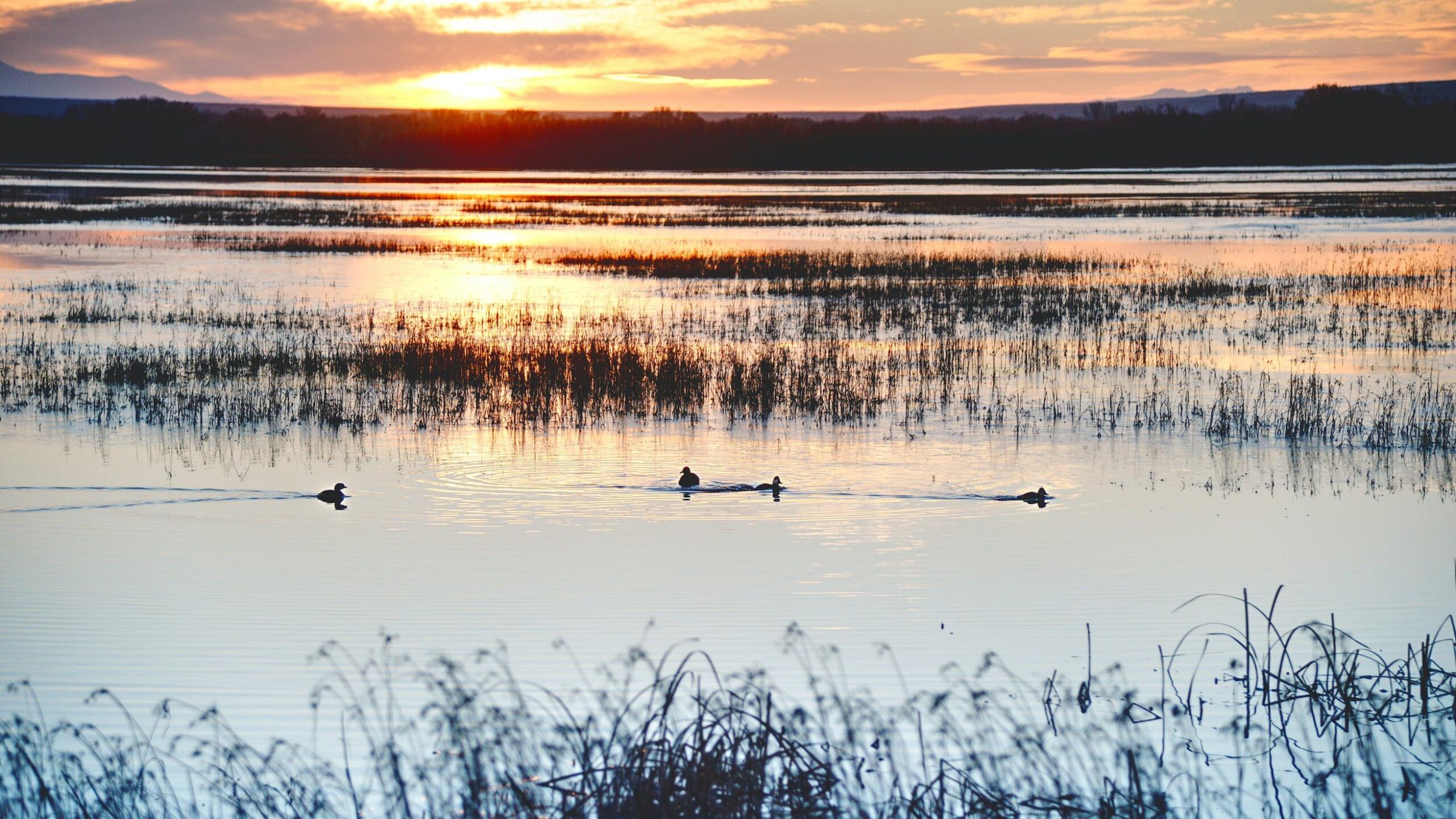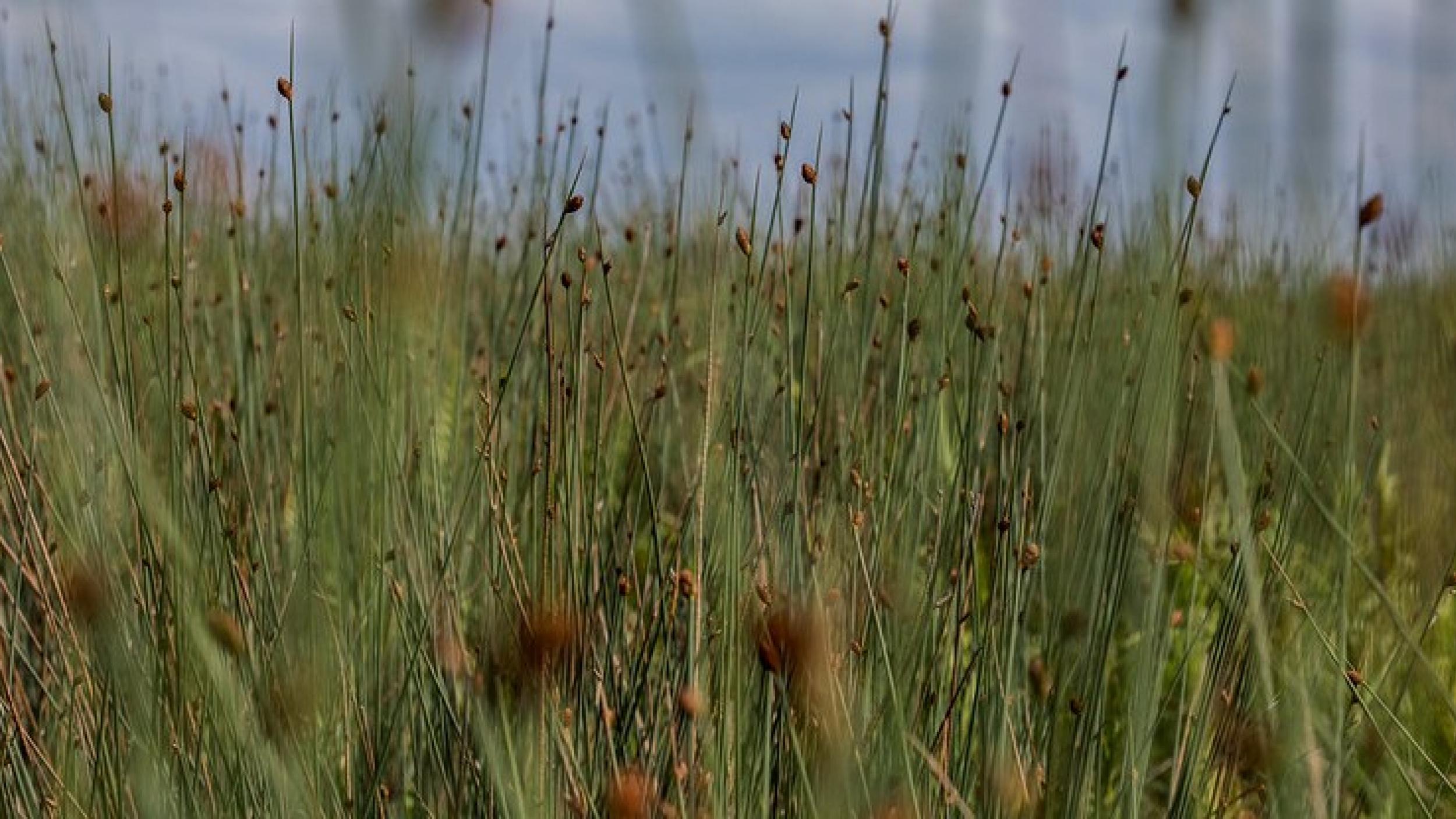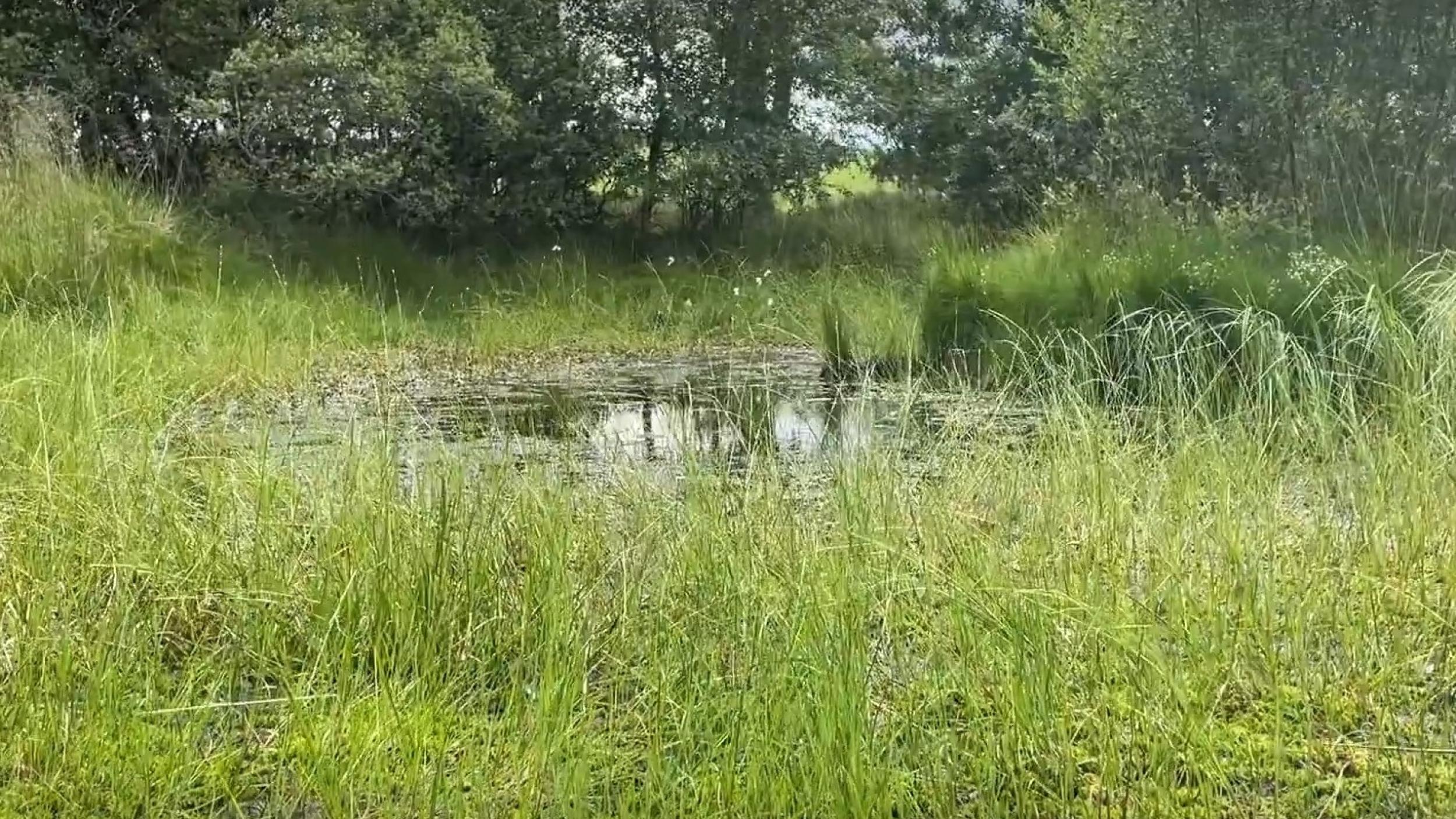
Peatlands Perspectives: The urgent need for action
Theme
As we enter the second year of the Decade on Ecosystem Restoration, 2021-2030, and with climate change gathering pace and intensity, it is vital that we prioritize peatland conservation and restoration.
Peatlands store twice as much carbon as all the world’s forests. Degraded peatlands, however, are prone to catching fire. They also release huge amounts of CO2 and methane, a gas that has a global warming potential of more than 80 times that of CO2 over a 20-year period, making it a powerful heat trapper.
According to Wetlands International “soggy peatlands” make up about half of the world’s wetlands. For the first time in 50 years, since it was set up by the Ramsar Convention on Wetlands, World Wetlands Day on 2 February is being observed this year as a United Nations international day, following its adoption by the United Nations General Assembly on 30 August 2021. This reflects growing recognition of the outsize benefits of wetland ecosystems to people, economies, climate and nature.
Check out some of the key quotes from the United Nations Environment Programme (UNEP) Peatlands Pavilion at the COP26 climate conference in Glasgow in November 2021:
“Peatlands are climate bombs when dry.” Prof Hans Joosten, Greifswald University
“Peatlands’ conservation is climate action.” Jochen Flasbarth, State Secretary at the Ministry for Environment, Nature Conservation and Nuclear Safety, Germany
“Once peat is destroyed, it will not return, we need action as soon as possible.” Tsuyoshi Kato – Vice-President, Wana Subur Lestari, c/o Sumimoto Forestry, Japan
“Conservation is cheaper than restoration when it comes to peatlands. The cost of restoring peatlands is 25 times the cost of restoring mangroves.” Daniel Murdiyarso (M), CIFOR (mangroves and peatlands in Southeast Asian context)
“Poland is one of the countries responsible for high CO2 emissions from drained peatlands. If we don’t initiate now broad restoration programmes, these emissions are likely to grow, also due to increased peat fire frequency expected in the warming climate.” Prof Wiktor Kotowski, Institute of Botany, Faculty of Biology, University of Warsaw
“Our view of peatlands as good-for-nothing wastelands is changing. We’re finally beginning to understand their true value. 70 per cent of the UK’s drinking water comes from catchments containing peatland-dominated landscapes. Water companies are realizing that if they restore peatlands by making them wet again they can improve water quality and save on the expensive job of cleaning up discoloured water. Re-wetting `blanket bogs’ in our uplands could also help to reduce flooding in the lowlands because bogs act like big sponges, smoothing out water flows during downpours.” Jonny Hughes, Chief Executive, Scottish Wildlife Trust https://scottishwildlifetrust.org.uk/2018/10/the-inconvenience-of-broken-bogs/#.W7Onc9C8Um4.twitter
“Peatlands are found in 180 countries, many of which are temperate and boreal, so this is not just a tropical issue. This is an issue where the North and South need to cooperate from the Congo Basin to Europe. Paludiculture is the science of the sustainable use of #peatlands – an emerging science that needs to be sped up much more rapidly.” Tim Christophersen, Coordinator, Freshwater, Land and Climate Branch, UN Environment
“The main message [of Indonesia to the Congos] is don’t start development on peat. Because that’s what happened in Indonesia. People didn’t start with the idea of degrading land. They start by opening peat from forests for logging for cheap timber… Then they realized – too late – that as soon as you dig a spoon of peat, you change the ecosystem, and then the ecosystem dries, and then you have fire.” Robert Nasi, Director General, CIFOR
“Andean high-mountain peatlands are endangered by climate change; however, we can learn from the Andean civilizations in restoring and creating them for the future.” José Israel Aragon Romero, Coordinating Specialist of the Machu Picchu Historic Sanctuary, Government of Peru
“In the landscape of Lake Télé [Republic of the Congo] we have fish, meat of wild animals, non-timber forest products such as honey, hazelnuts. We have larvae and caterpillars as well as domestic meat with small-scale breeding. Food from the peat bogs is of the utmost importance and ensures our food security thanks to the presence of water in the peat bogs which regulates the water cycle… With market relations, the power of the customary chiefs is weakened, and land rights are no longer respected and enforced. Local products are no longer sufficiently valued. The Lac Tele Landscape Community supports the conservation of the peatland ecosystem because this ecosystem is of paramount importance for the well-being of present and future generations. We hope that political decision-makers will pay more attention to the need to conserve peatlands for our survival.” Gerard Bondeko, Communities Coordinator, Lake Télé Community Reserve, Republic of the Congo
“The forested areas in the peat bogs are a supermarket. And we have everything we need. We have historically lived from hunting and fishing in these areas. However, resources are getting scarcer and scarcer. Special attention must be paid to effective participation, recognition of the rights of indigenous peoples and their traditional knowledge.” Geogine Lumba-Lobengo, Association of Pygmy Women, Democratic Republic of Congo.
“Nature-based solutions get less than 3 per cent of climate finance but offer one third of the global emission reductions needed by 2030.” Dianna Kopansky, Global Peatlands Initiative Coordinator, UNEP
Explore other resources
How to monitor peatlands holistically … and practically
Sep 30
Zombie fires are ravaging peatlands in France
Sep 30
Standardising what we measure in peatlands research
Sep 30



